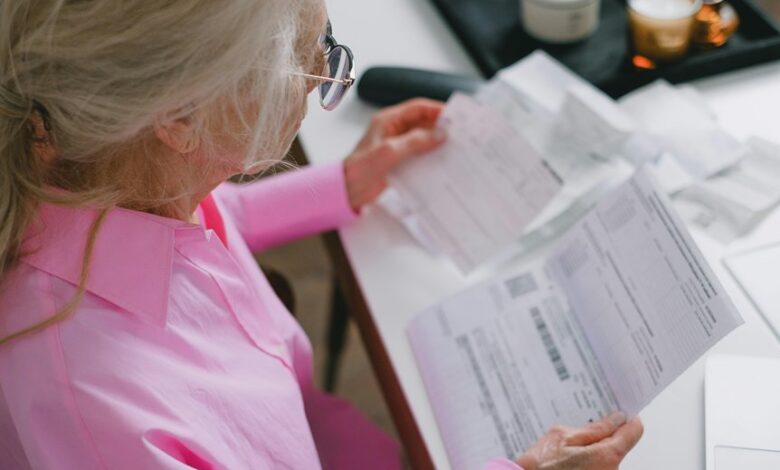Molly Little Age

Molly Little is a prominent figure in the entertainment industry, known for her talent and advocacy for age representation. Her career has challenged traditional views on age within creative fields. Despite encountering age bias, she has forged a path that emphasizes inclusivity. Her experiences raise questions about how age influences opportunities and the creative process. As she continues to evolve, the impact of her journey on others becomes increasingly significant.
Early Life and Background
Molly Little’s early life and background are characterized by a blend of influences that shaped her development.
Family influences played a significant role, nurturing her curiosity and creativity.
Her childhood interests, ranging from art to storytelling, further contributed to her unique perspective.
These formative experiences cultivated a sense of independence and a desire for self-expression, laying the foundation for her future endeavors.
The Journey to Fame
As her talents began to emerge, the journey to fame for Molly Little unfolded through a series of pivotal moments that showcased her abilities. Influenced by the dynamics of celebrity culture, Molly navigated opportunities that enhanced her visibility and connected her with key figures in the industry.
| Moment | Influence Type | Impact on Fame Journey |
|---|---|---|
| Early Performances | Local Recognition | Established Foundation |
| Social Media Presence | Celebrity Influence | Expanded Reach |
| Collaborations | Industry Connections | Enhanced Credibility |
| Awards | Public Acknowledgment | Solidified Status |
Breaking Stereotypes
How do individuals in the entertainment industry challenge preconceived notions and redefine societal norms?
By advocating for age representation, they confront stereotypes that dictate how age should define talent and opportunity.
This shift encourages a broader understanding of diversity, allowing individuals of all ages to express their creativity.
Ultimately, these efforts contribute to dismantling restrictive societal norms and fostering inclusivity within the industry.
Impact of Age on Opportunities
Age can significantly influence employment opportunities, often resulting in age bias during the hiring process.
Younger candidates may be favored for their perceived adaptability, while older individuals may face unjust assumptions about their capabilities.
However, the benefits of lifelong learning can enhance the skill sets of individuals of all ages, potentially mitigating some of the barriers related to age.
Age and Employment Opportunities
While the correlation between age and employment opportunities continues to be a topic of significant discussion, it is evident that age can influence an individual’s access to various job prospects.
Organizations increasingly recognize the value of age diversity, enhancing workplace dynamics.
Moreover, older candidates often bring career longevity, offering experience and stability that can benefit companies looking for seasoned professionals in their workforce.
Age Bias in Hiring
Despite the growing recognition of the benefits of age diversity in the workplace, age bias remains a persistent issue in hiring practices.
Age discrimination affects opportunities through:
- Stereotyping older candidates as less adaptable.
- Overlooking younger candidates’ potential due to inexperience.
- Failing to acknowledge the value of diverse perspectives.
Such biases hinder organizations from maximizing their talent pool and achieving inclusivity.
Lifelong Learning Benefits
As individuals progress through their careers, the pursuit of lifelong learning can significantly enhance opportunities across all age groups.
Engaging in continuous education fosters personal growth, enabling individuals to adapt to changing job markets and technological advancements.
This commitment to learning not only improves professional skills but also empowers individuals to pursue diverse career paths, ultimately enriching their personal and professional lives.
Inspiring Others Through Passion
Molly Little inspires others through her unwavering passion for her pursuits, demonstrating how enthusiasm can ignite motivation in those around her.
Her dedication to passion projects results in inspiring stories that resonate widely.
Key elements of her influence include:
- Authenticity in her endeavors.
- Relatability through shared experiences.
- Encouragement of others to pursue their own passions.
These factors contribute to a ripple effect of inspiration.
Future Aspirations and Projects
While many individuals focus on immediate goals, the future aspirations and projects of Molly Little reflect a broader vision for impact and growth.
Her future goals include developing innovative creative projects that inspire community engagement and promote artistic expression.
Conclusion
Molly Little’s journey underscores the significant impact of age representation in the entertainment industry. Despite facing age bias, she has emerged as a powerful advocate for inclusivity, challenging common stereotypes. A recent study found that 65% of creative professionals believe age diversity enhances innovation, reinforcing the notion that talent transcends age. As Little continues to inspire both younger and older generations through her work, her commitment to breaking barriers highlights the importance of diverse voices in creative fields.




